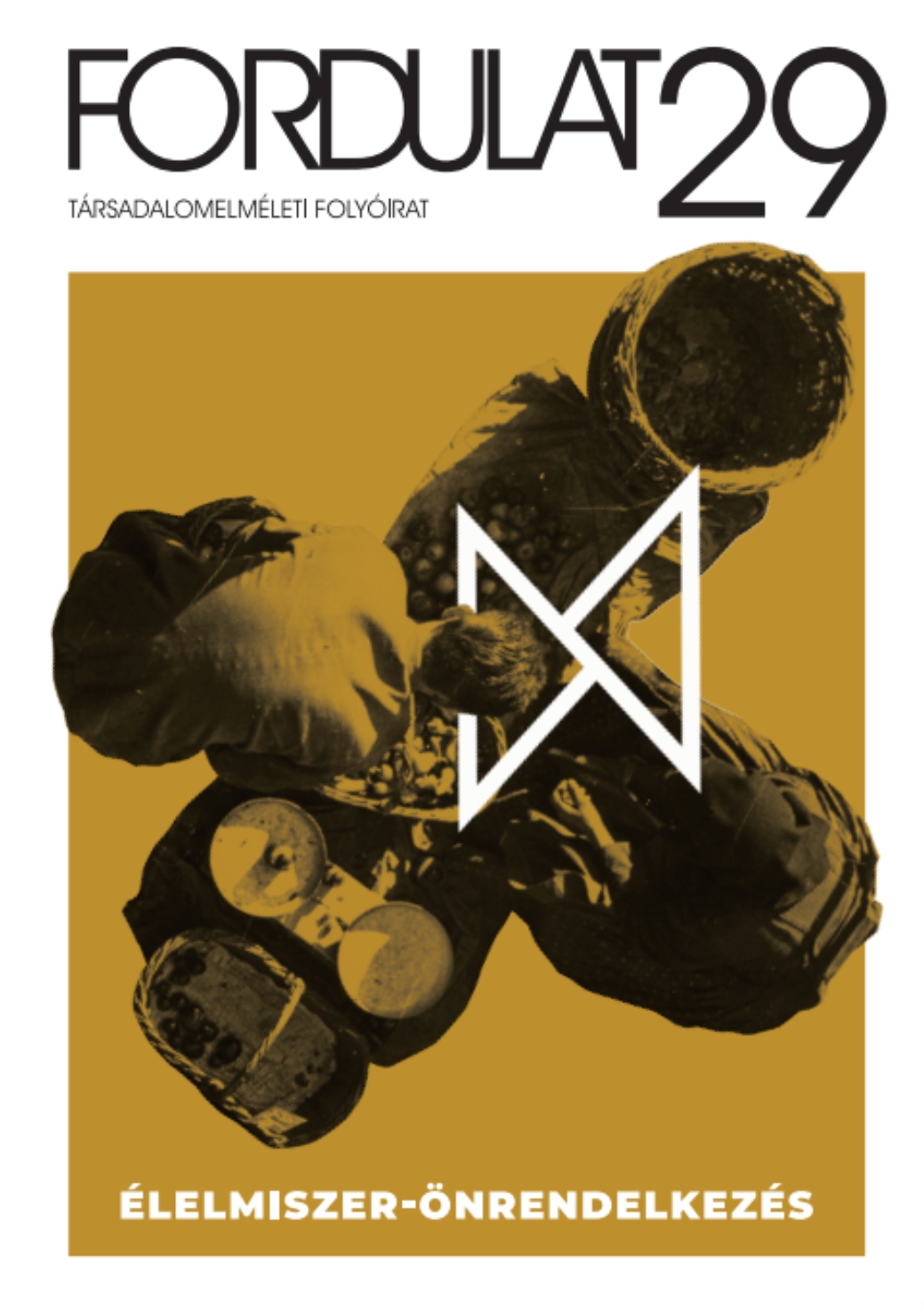Földreform és agrárdemokrácia Magyarországon a 20. század első felében
Land Reform and Agrarian Democracy in Hungary in the First Half of the 20th Century
Author(s): Tamás Barta L.Subject(s): Politics / Political Sciences, Social history, Recent History (1900 till today), History of Communism, History of the Holocaust
Published by: Fordulat
Keywords: agrarian reform;agrarian market;agrarian and industrial complex;agrarian and rural policy;hungary;hungarian;peasant;peasant activism;peasant cooperatives;
Summary/Abstract: In the first decades of the XXth century agriculture was the dominant sector of the economy in Hungary. In that case ownership of the land was a very important question in social debates and conflicts. The majority of the agricultural workers did not own land. Large-sized lands possessed mainly by aristocrats dominated in food production. From the 1880s the increased production of grain from the American continent meant a great challenge for Hungarian economics. Changes in the structure of land ownership became more and more urgent not just because of the disproportion of Hungarian society, but also in the case of the necessary more intensive melioration of farming and to make the production of agriculture more diversified and to produce more fruits, vegetables to the international market. This process was easier to realize on smaller farms and with the help of cooperatives. In the 1890s peasant parties started to organize in whole Eastern and Central Europe and in Hungary as well. Their goals were similar everywhere: a redistributive land reform which produced more equal small size family farms instead of the great possessions of aristocrats. In Hungary the peasant parties had two main branches: one of them is the agrarian socialist branch which had its traditions mainly on the territory of the Great Hungarian Plain and tried to organize primarily the landless agricultural workers. The other is the so-called smallholders’ movement which was more important in the Transdanubian counties of Hungary and was supported mainly by the wealthier farmers. All the peasant parties had the chance to realize their plans and redistribute land with a great reform after the II World War, but some years after the stalinist dictatorship started a Soviet-modelled violent collectivization which ended the alternative plans for small-scale farms and the smallholders’ cooperatives organized from below.
Journal: Fordulat (2008-tól Új Folyam)
- Issue Year: 2021
- Issue No: 29
- Page Range: 69-107
- Page Count: 39
- Language: Hungarian

